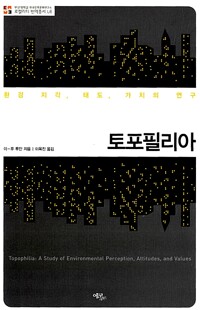
Climate change and the course of global history: a rough journey
- 개인저자
- John L. Brooke
- 발행사항
- New York: Cambridge University Press, 2014
- 형태사항
- 631p. : illustratiions; 23cm
- ISBN
- 9780521692182
- 청구기호
- 331.4 J65
소장정보
| 위치 | 등록번호 | 청구기호 / 출력 | 상태 | 반납예정일 |
|---|---|---|---|---|
이용 가능 (1) | ||||
| 1자료실 | 00015403 | 대출가능 | - | |
- 등록번호
- 00015403
- 상태/반납예정일
- 대출가능
- -
- 위치/청구기호(출력)
- 1자료실
책 소개
The first global study by a historian to fully integrate the earth-system approach of the new climate science with the material history of humanity.
목차
Introduction: growth, punctuation, and human well-being; Part I. Evolution and Earth Systems: 1. The court jester on the platform of life; 2. Human emergences; Part II. Domestication, Agriculture, and the Rise of the State: 3. Agricultural revolutions; 4. The Mid-Holocene and the urban-state revolution; 5. Human well-being from the Pleistocene to the rise of the state; Part III. Ancient and Medieval Agrarian Societies: 6. Stasis and growth in the epoch of agrarian empires; 7. Optimum and crisis in early civilization, 3000?500 BC; 8. A global antiquity, 500 BC?AD 542; 9. The global dark and middle ages, AD 542?AD 1350; Part IV. Into the Modern Condition: 10. Climate, demography, economy, and polity in the late medieval-early modern world, 1350?1700; 11. Global transformations: atlantic origins, 1700?1870; 12. Launching modern growth: 1870 to 1945; 13. Growth beyond limits: 1945 to present; Coda. A rough journey into an uncertain future.


